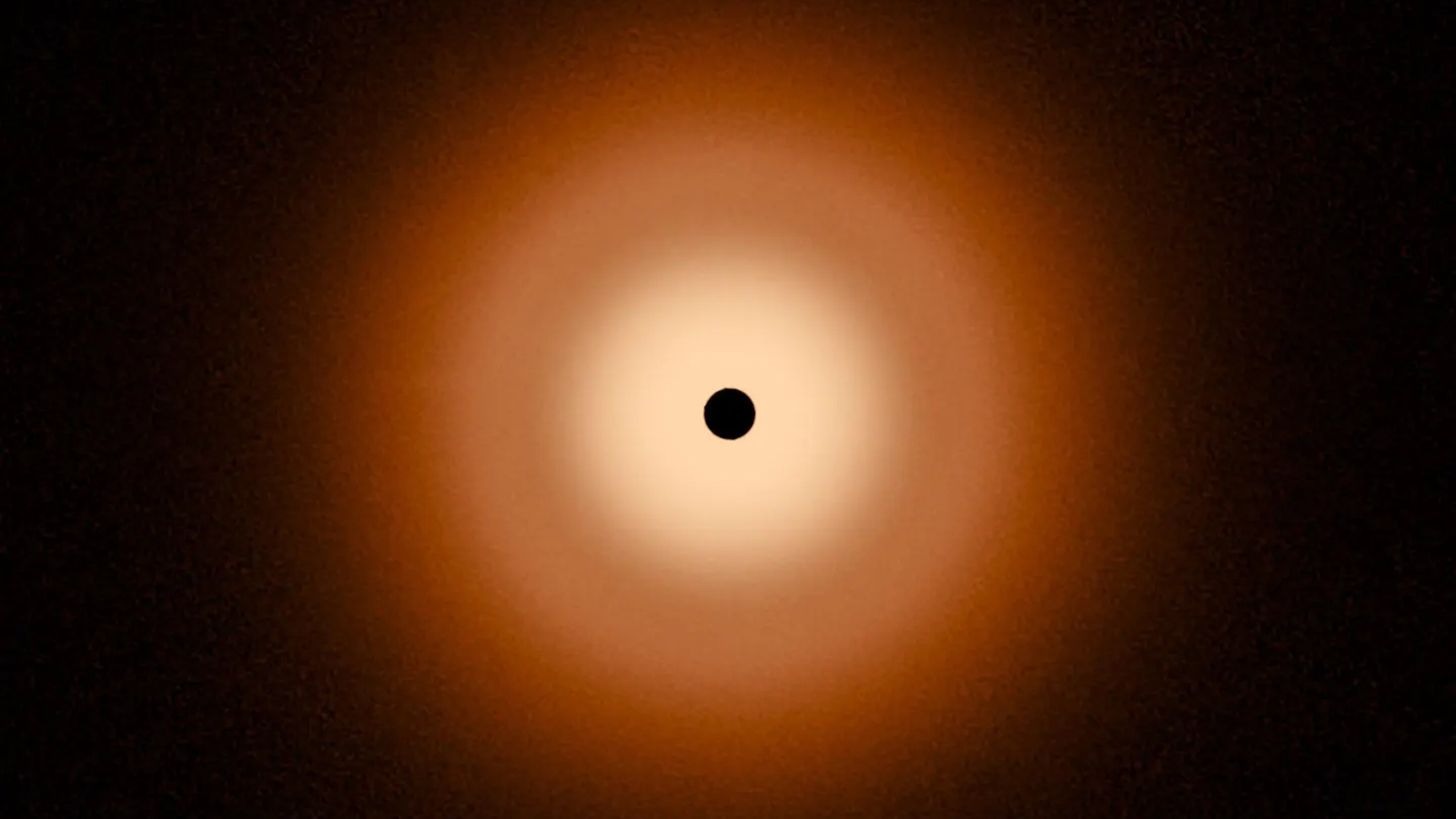Forests, Vol. 14, Pages 1226: Hibiscus hamabo Rootstock-Grafting Improves Photosynthetic Capacity of Hibiscus syriacus under Salt Stress
Forests doi: 10.3390/f14061226
Authors: Shuqing Zhang Wanwen Yu Zhiguo Lu Peng Xiang Zhiquan Wang Jianfeng Hua Chunsun Gu Jinfeng Cai Yan Lu
Hibiscus syriacus, a woody ornamental plant with great economic value, is vulnerable to salinity. Hence, its cultivation in saline areas is severely restricted. Although grafting H. syriacus onto H. hamabo rootstock can greatly improve H. syriacus’s salt resistance, the photosynthetic response of H. syriacus to grafting and salt stress remains largely unknown. To address this question, self-rooted (Hs), self-grafted (Hs/Hs), and H. hamabo-grafted (Hs/Hh) H. syriacus were exposed to 0 or 300 mM NaCl. Salt significantly reduced the net and maximum photosynthetic rates, chlorophyll content, and maximum (Fv/Fm) and actual (ΦPSII) photochemical quantum yield of photosystem II (PSII), as well as the apparent electron transport rate, in Hs and Hs/Hs. However, these reductions were largely alleviated when H. syriacus was grafted onto H. hamabo. In line with the changes in the chlorophyll fluorescence parameters, the expression of genes encoding subunits of PSII and PSI in Hs/Hh was higher than that in Hs and Hs/Hs under saline conditions. Moreover, H. hamabo rootstock grafting upregulated the genes involved in the Calvin–Benson–Bassham cycle in H. syriacus under salt conditions. These results indicate that grafting can ameliorate the inhibition of salinity on the photosynthetic capacity of H. syriacus, mainly resulting from alleviated limitations on photosynthetic pigments, photochemical efficiency, and the Calvin–Benson–Bassham cycle.

 1 year ago
26
1 year ago
26

